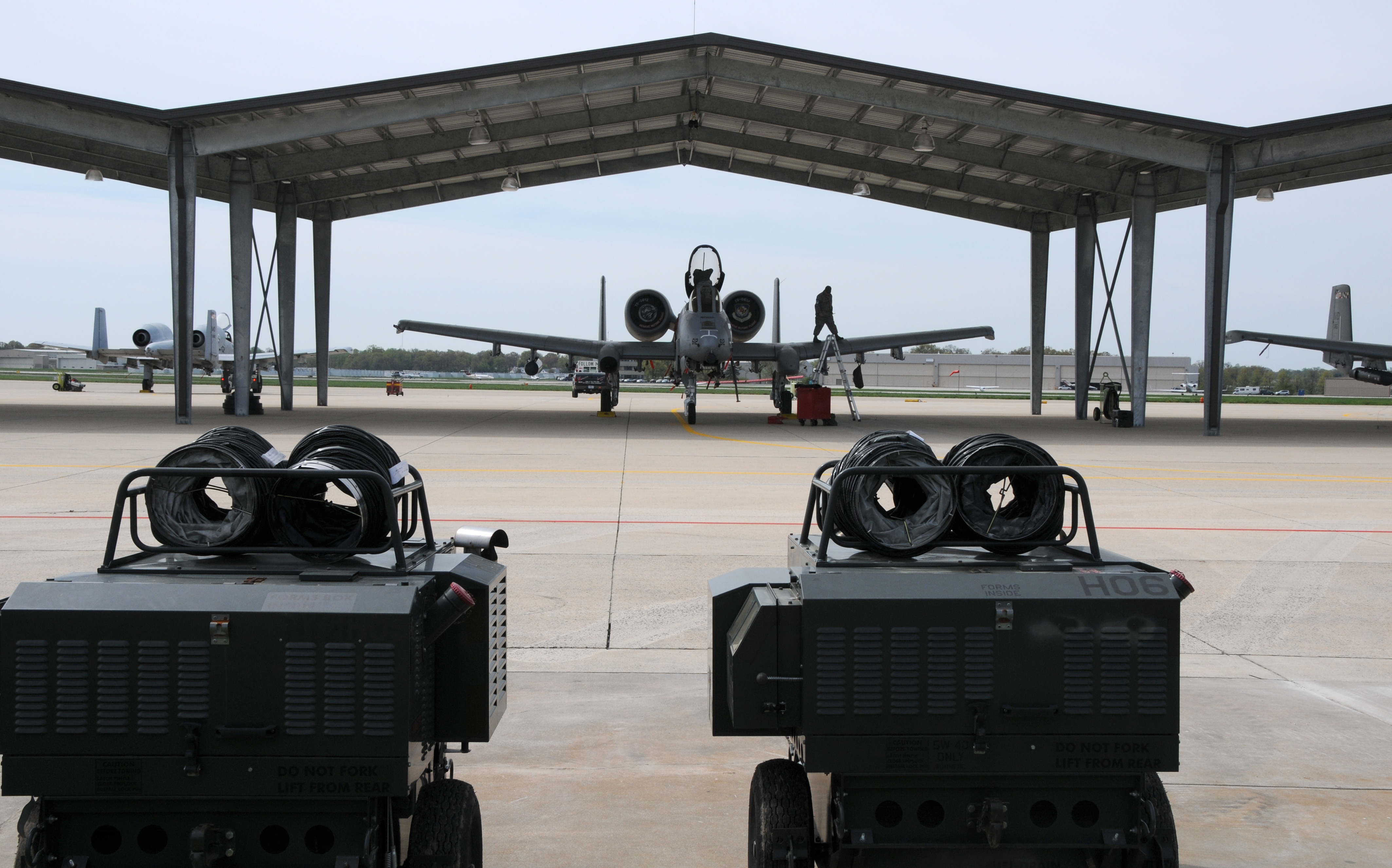Gasket failures can be troublesome, triggering unwanted downtime, revenue loss and security concerns. Failure analysis shows that up to 85 percent of all gasket failures are because of faulty user setup, though it is essential to note that with appropriate training and installation treatments, the majority of these failures are preventable. ASME PCC-1 is a post-construction standard for pressure boundary bolted flange joint assemblies, and the bulk of gasket makers obtain their installation procedures from this standard. For the end user who does not have an installation procedure, it is an excellent resource to have; nevertheless, the book is more than 99 pages and is not suitable to bring around in the field.
To help with this, the Fluid Sealing Association, (FSA), in combination with the European Sealing Association, (ESA), have actually created a Gasket Setup Treatments pocket book (readily available in 9 languages on the FSA and ESA sites, fluidsealing.com, europeansealing.com) to assist installers concentrate on the essential points of correct gasket installation. Following is a summary of the six principal areas of focus in sequential order.
Circle tightening up illustrationFigure 1: Legacy method or cross-bolt tightening up pattern (Graphics courtesy of FSA).
Prior to beginning any installation, it is necessary to follow all business safety treatments and policies to ensure the system has actually been depressurized, drained pipes and de-energized (lockout and tagout procedures) and have all the needed personal protection devices (PPE) and tools to assist the job go as smoothly and as safely as possible. At minimum, devices should include:.
adjusted torque wrench or other tightening up gadget.
wire brush.
hard hat.
safety goggles and/or face shield.
lubricant.
other plant specified devices.
Step 1: Clean and Examine.
When the gasket has actually been eliminated from the flange, get rid of any foreign product or gasket debris from the sealing surface area. Utilizing a wire brush, physically get http://yousher.com/drianav7oj/post-ask-me-anything-28563.html rid of any material embedded in the sealing face or flange serrations. Beware not to utilize a mill, hammer and chisel, or abrasive material that could even more damage the flange sealing surface. Check the sealing face for damages, dings, mars or pitting that could trigger sealing problems. If there is any noticeable flange face damage, you can describe ASME PCC-1 Appendix D-- standards for permitted gasket contact surface area flatness and problem depth, to figure out if repairs to the flange are needed. Examine fasteners such as bolts, washers and nuts for problems, cracks and burrs. If fastener parts are determined to be malfunctioning then discard and change.
Evaluation Idea:.
When inspecting bolts and nuts, ensure that nuts run freely over the threads prior to installation to ensure there is no damage to the threads.
Step 2. Align Flanges.
To develop an efficient seal, the installer needs to ensure that the flanges are parallel as they are brought together. This provides the very best possibility of using a consistent optimum gasket load, producing the finest seal. ASME PCC-1-2013 Appendix E-- Flange Joint Guidelines, gives the advised permitted limitations for:.
flange parallelism.
centerline high/low (the alignment of inner size (ID) of the flange bore or outer diameter (OD) of the flange satisfy).
rotational-two hole (rotational alignment of bolt holes to enable the insertion of fasteners without binding).
extreme spacing, which is defined as when the range in between the 2 flanges is more than two times of the gasket thickness selected.
If the system piping requires more than normal force to bring the two flanges together, contact or seek advice from an engineer. Do not attempt and overtighten the bolts in hopes of bringing the flanges together.
Positioning Idea:.
Prevent using a lever or screwdriver to align flanges. Appropriate tools are available to assist with both linear and rotational positioning that are much safer and much easier to use.
Step 3. Install Gasket.
Before installing, inspect the gasket to ensure that it is without defects which it was cut cleanly with no rips or tears. Thoroughly insert the gasket between the flanges, making certain it is focused between the flanges. When it comes to challenging or horizontal installations, never ever use release representatives or joint substances on the sealing surface of the gasket. Doing this causes 2 primary problems:.
The joint is now oiled making it much easier for the gasket to extrude from the flange as a result of internal pressure and hydrostatic end forces that are acting upon the joint.
The material can trigger a chemical attack on the gasket, jeopardizing the gasket properties and its life span span.
Jay Turner Company
1012 N 1st St, Artesia
NM 88210, USA
575-746-1730


